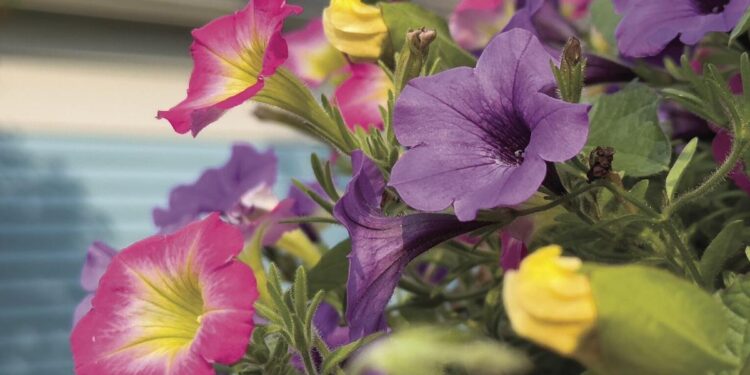In the kingdom of plants, all flowering plants have certain structures and functions in common. Understanding the function of these parts can help in the success of the plant’s survival.
The parts of the plants can be divided into sexual reproduction group and vegetative group. Sexual reproduction parts are those involved in the production of seed. They include flower buds, flowers, fruit and seeds. The vegetative parts include leaves, roots, leaf buds and stems. Although the vegetative parts are not directly involved in seed production, they are often used in asexual or vegetative forms of reproduction called propagation.
Stems are structures that support buds and leaves and serve as conduits for carrying water, minerals and sugars. The grassy plants vascular system transports the food, water and minerals in tubes that are arrange in bundles of two called xylem and phloem that are dispersed throughout the stem. The broadleaf plants form rings inside the stem near the bark or external cover of the stem and is a component of the bark in mature stems. Because these two rings are close to the bark, cutting a ring around the stem will kill the stem above the cut.
Stems may be long, with great distances between leaves or buds such as tree branches or runners of strawberry, or compressed with short distances between buds or leaves such as fruit spurs and crowns of strawberry. Stems can be above ground like most stems or below the ground such as in potato and tulip bulbs. All stems must have buds or leaves present to be classified as stem tissue.
The principal function of leaves is to absorb sunlight for manufacturing of plant sugars in a process called photosynthesis. Leaves develop a flattened surface in order to present a larger area for efficient absorption of light energy.
A number of rather distinct types of leaves occur on plants. The flat leaves with veins running out from the stem or in a net-like system are from broadleaf leaves or woody plants. Long, narrow, thin leaves with the veins running parallel with the leaf edge are from grass plants. The conifers, pine, junipers, arborvitae, have needles and awl-shaped leaves that serve the same function as the other type of plants.
A bud is an underdeveloped shoot from which embryonic leaves or flower parts grow. Buds of many plants require exposure to a certain number of days below a critical temperature before they will resume growth in the spring. A leaf bud is composed of a short stem with embryonic leaves. Flower bud is composed of a short stem with embryonic flowers. A leave bud is often less plump and more pointed than a flower bud.
Roots typically originate from the lower portion of a plant or cutting. The principal function of roots is to absorb nutrients and moisture, to anchor the plant in the soil and to serve as food storage organ. In some plants they can be used as a means of starting new plants. The important thing to remember about roots is that the small, thread-like root hairs are the main roots that take up the moisture and nutrients needed by the plant.
The sole function of the flower, which is generally the showiest part of the plant, is for reproduction. Its attractiveness and fragrance have not evolved to please man, but ensure the continuance of the plant species. Fragrance and color are devices to attract pollinators such as bees, wasp, butterflies and other insects.
The fruit of the plant encases the seed and provide protection until the seed is mature. Once the seed matures, the fruit starts a rotting process call ripping. Once the fruit gets to a certain stage of develop, it falls to the ground and the seed goes through a rest stage until it germinates, thus starting a new plant.
Want to reach a local audience and grow your business?
Our website is the perfect platform to connect with engaged readers in your local area.
Whether you're looking for banner ads, sponsored content, or custom promotions, we can tailor a package to meet your needs.
Contact us today to learn more about advertising opportunities!
CONTACT US NOW



